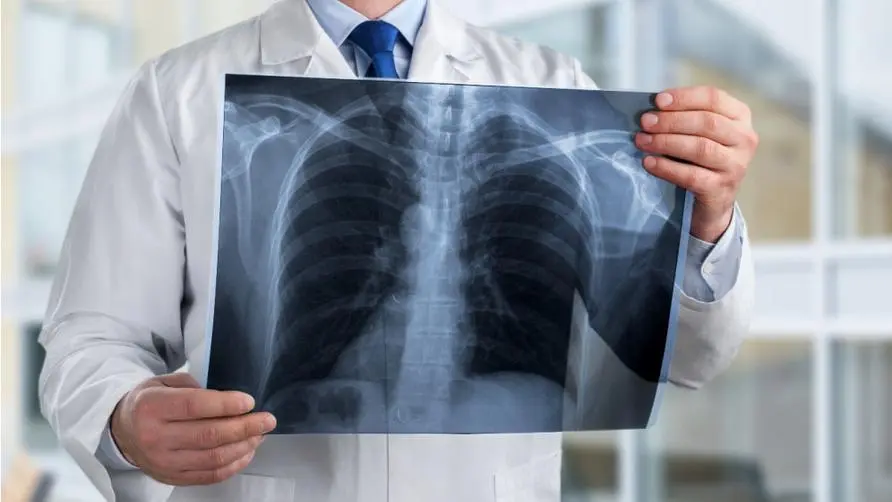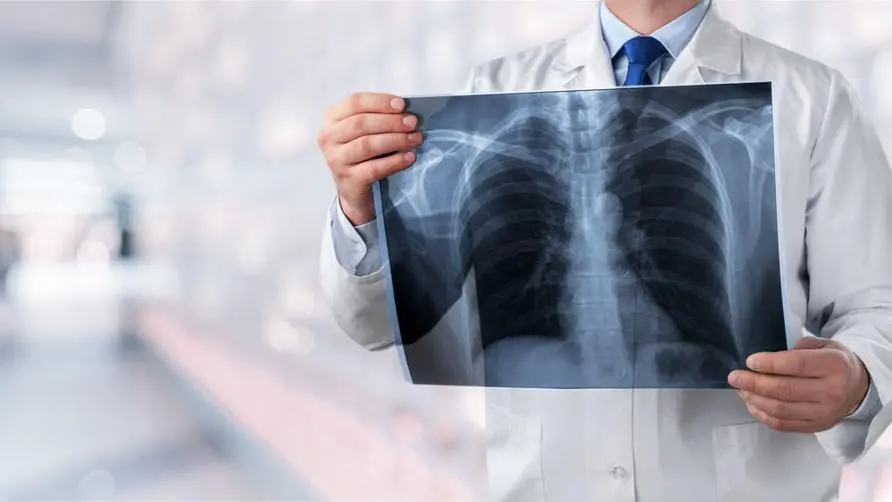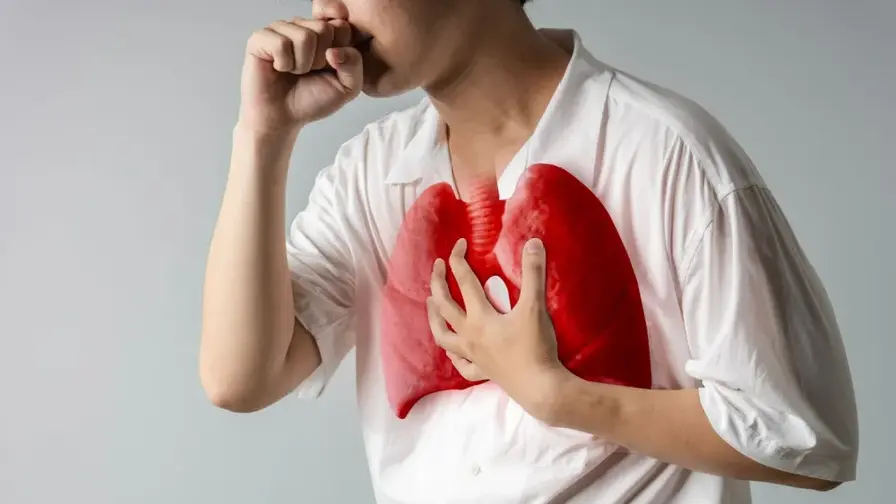The unbeaten top ten cancer deaths: Lung cancer kills more than 10,000 people every year. See symptoms, causes, and screening groups at once

healthorn expert Q&A
Q: The top ten cancer deaths are unbeatable. Does it turn out that there are carcinogens in the air?
A: There are many threats to the air in your home. In addition to smoking and burning incense, the easily overlooked “carcinogen formaldehyde” is the main source of indoor air pollution. The boards, sofas, mattresses, and curtains used for decoration will emit a large amount of formaldehyde, further causing the indoor formaldehyde to exceed the standard. Especially for women, children and people prone to allergies, if they live in a space with excessive formaldehyde for a long time, it will increase the frequency of allergies and skin inflammation, and may lead to female infertility, childhood leukemia, cancer and other symptoms.
To solve the problem of formaldehyde poisoning, it is recommended to seek formal formaldehyde removal companies to carry out indoor formaldehyde removal projects. Long-term formaldehyde removal projects usually take more than 3 days to recycle formaldehyde deep inside furniture and decorations using standard construction methods. And it is effectively decomposed to ensure that the formaldehyde concentration in the space is lower than the safe value for a long time. When selecting a manufacturer, special attention should be paid to choosing a manufacturer with a long-term warranty to ensure healthy and non-toxic indoor air quality for a long time and reduce the risk of cancer.
Annual death toll from lung cancer exceeds 10,000, lung adenocarcinoma is most common among non-smokers and women
Presidential Counselor Ku Kuan-min passed away due to lung adenocarcinoma. Lung cancer ranks first among the top ten cancers in terms of death toll, ranking first and second with liver cancer for 42 years. It is also the leading cause of cancer death among men and women. According to the Taiwan Ministry of Health and Welfare Statistics on causes of death in 2021 show that the number of deaths due to lung cancer reached 10,040, with a mortality rate of 42.8 per 100,000 people. Divided by the location of occurrence, most lung cancer occurs in bronchial epithelial cells. It is more likely to occur in middle-aged and elderly people, mostly in men. However, in recent years, the number of lung cancer cases in women who do not smoke has continued to increase. This may be related to environmental pollution sources and second-hand smoke.
Lung cancer can be divided into “small cell lung cancer” and “non-small cell lung cancer”. Small cell lung cancer is extremely malignant. The tumor cells have neuroendocrine properties. They tend to occur in the hilar position and are closely related to smoking. Non-small cell lung cancer accounts for about 85% of all lung cancers, among which lung adenocarcinoma is the most common. Lung adenocarcinoma is also the most common lung cancer in women and those under 45 years old. Lung adenocarcinoma more commonly occurs around the lungs.
What are the risk factors for lung cancer? Avoid air pollution, oil smoke, and second-hand smoke if you can.
Smoking is the most important risk factor for lung cancer, especially squamous cell carcinoma and small cell carcinoma. Tobacco contains a variety of chemicals that can harm the lungs. When lung cells are damaged for a long time, they are likely to turn into cancer cells. The age of starting smoking, number of years, the amount of cigarettes smoked per day and the depth of smoke inhalation are all related to lung cancer. In addition, secondhand smoke exposure can also increase the risk of lung cancer, leading to a 20%-30% increase in the chance of lung cancer. Family history of lung cancer is also one of the risks that needs to be considered and is the current reference standard for risk judgment in lung cancer screening.
Air pollution has been proven to be carcinogenic to the human body. Suspended particulates, the main component of which, are classified as Level 1 carcinogens. Long-term exposure to outdoor air pollution will increase the risk of lung cancer. Including natural suspended particles (such as volcanic ash, rock disintegration), petrochemical industry exhaust gas, and exhaust gas from gasoline and diesel combustion all contain possible cancer-causing pollution sources.
In addition, people who are long-term exposed to various heavy metals such as chromium, cadmium, arsenic, and those who are occupationally exposed to asbestos have a higher risk of lung cancer. Some buildings use special stone materials that radiate a small amount of radioactive gases such as radon. Inhaling too much radon can increase lung cancer. Radon exposure is listed as the second leading cause of lung cancer in the West. In Taiwan, influenced by food culture, there is a positive correlation between long-term exposure to cooking fumes and lung cancer in women. Women who do not use range hoods when cooking have a risk of lung cancer that is 8.3 times higher than those who use range hoods.
In the early stages of lung cancer, there are no specific symptoms. Be careful with hoarse voice and shortness of breath.
It is worth noting that early-stage lung cancer has no obvious specific symptoms. In the past, when there were no good screening tools, most lung cancer patients were found to have late-stage cancer, resulting in a very poor survival rate and prognosis. Common symptoms of lung cancer include: persistent cough, expectoration with blood streaks or blood, shortness of breath, wheezing during breathing, persistent chest pain, unexpected weight loss, loss of appetite, etc.
When a tumor compresses the left recurrent laryngeal nerve, it may cause vocal cord paralysis and hoarseness. Tumors may also cause lung atrophy, reduce lung capacity, or cause pleural hydrops. Patients may experience symptoms such as chest tightness and difficulty breathing. Because lung cancer may metastasize to any other area, for example, metastasis to the brain may cause headaches, vomiting, paralysis, and visual impairment; metastasis to the liver may cause abdominal distension and jaundice.
Early detection of lung cancer increases survival rate and the two risk groups can be screened regularly
Given that the five-year survival rate for early-stage (stage 1) lung cancer can reach 90%, while the five-year survival rate for stage 4 lung cancer is only about 10%, more and more countries are promoting lung cancer screening. The current main screening tool for early-stage lung cancer is low-dose computed tomography (LDCT). Research shows that low-dose computed tomography can reduce lung cancer mortality among heavy smokers by 20%.
Taiwan currently targets two major risk groups:
Men (50-74 years old) and women (45-74 years old) with a family history of lung cancer, and whose parents, children or siblings have been diagnosed with lung cancer;
Heavy smoking history, 50-74 years old A 74-year-old with a smoking history of more than 30 packs/year can undergo low-dose computed tomography examination every 2 years.
Lung cancer that is detected early and has not metastasized can be surgically removed when the size is less than 1 cm, and the cure rate can reach 85% to 95%. Tumors smaller than 2 cm can also reach 70%-80%. Any questions about lung cancer screening or health concerns should be addressed to a pulmonologist as soon as possible.
The way to prevent lung cancer is to quit smoking as early as possible and stay away from second-hand smoke. It is also recommended to cook food by boiling and steaming to reduce kitchen fumes. Stay away from places with a lot of air pollution or exhaust gas, and pay attention to the information from the air quality monitoring network at any time. Some studies have pointed out that antioxidant nutrients have positive benefits in preventing lung cancer. Consuming more fruits and vegetables containing antioxidant nutrients, maintaining a healthy diet, and exercising regularly are key principles for reducing the risk of cancer.
Further reading:





